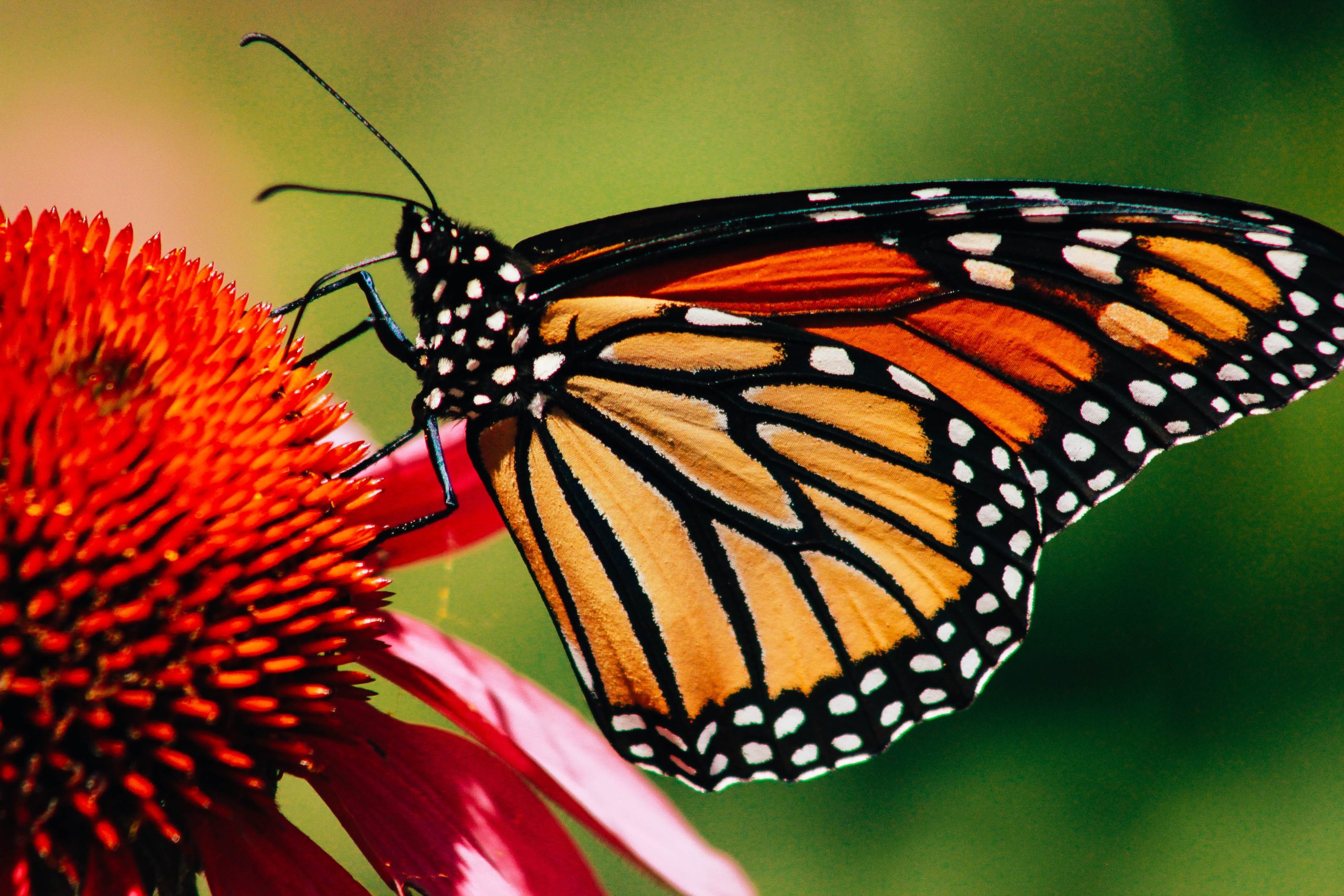
Remember the Tiniest, Not Just the Titans, on Endangered Species Day
I drove 2,400 miles roundtrip from Florida to Virginia, in spring, at night. And to my surprise – and alarm – I never had to clean my windshield.
Stories of conservation are often about big, majestic animals, the ones that grace our children’s nurseries and bookshelves – rhinos and elephants, cheetahs, giraffes. We’ve heard a lot about brilliant coral reefs bleached to stark whiteness, stunning birds stuffed into suitcases and smuggled to other countries, tigers with nowhere to live.
But on Endangered Species Day, let’s look a lot closer to home, at some much smaller animals: bugs.
The Global Decline of Insects
Many people know rhinos are being slain for their horns. They decry artful trinkets made of elephant tusks, knowing there is blood behind the beauty. But few ever think about the last time they had to scrub bugs off the windshield glass.
As a child of the Deep South, bug-scrubbing was often a daily chore. One good trip down a nighttime Louisiana road brought a smeary, yellow-brown sludge that required elbow grease and a tough sponge to fix.
But now, we’re clearing land so fast, we’re pouring on pesticides, we’re pumping carbon into our skies and waters so fast that it’s causing a near-collapse of the insect world.
Three years ago, Biological Conservation reported that 40% of insect species are declining globally, and that a third are already endangered. A United Nations report says the threat of extinction looms over half a million insect species – and not in 100 years, but in few as a decade.
Just two weeks ago, a survey reported that Great Britain’s flying insects have plummeted nearly 60% since 2004 – a “terrifying” number the scientists found by counting bug splats on car license plates.

The Tiniest Among Us
It’s natural to joke about not missing annoying mosquitoes, flies and roaches. But life on Earth depends on insects. They pollinate our crops. (Can you imagine not having strawberries or apples or broccoli? Losing curry dishes, because there’s no cumin or cardamom?) In some countries, workers already are hand-pollinating food plants using toothbrushes or feathers.
These little creepy-crawlies and fly-by buzzers keep our soils rich, break down the waste we produce, and are important food for other animals.
And if you look closely, you see that they’re a pretty obvious example of what’s happening to our natural world due to climate change and habitat loss – and why so many animals and plants may not be around for our children and grandchildren.
Yes, the burning of the Amazon and the clear-cutting of 90% of Madagascar’s thick forests are serious threats. But so is paving your local prairie for another discount store, manicuring your lawn so tightly that bees and butterflies have no wildflower landing pads, or drenching that small wasp nest with chemicals.

The Work of Our Conservation Clients
We’re proud that dozens of our conservation clients focus not only on saving the big animals, but little bugs that contribute mightily to a healthy world, too: The Nature Conservancy in Illinois (wetland and prairie habitat restoration), Minnesota Zoo (butterflies), San Diego Zoo Wildlife Alliance (butterflies), and more. To mark Endangered Species Day, our PCI team made a significant contribution toward butterfly conservation, led locally by our client The Peggy Notebaert Nature Museum.
We hope you’ll join us this week and support conservation work on behalf of your favorite animal. But also spare a minute to think of the tiniest creatures that are a huge reason our natural world is so magical – and how you can help them yourself.
Let your grass grow a few inches higher and leave a few spots of clover. Plant more flowers and native plants. Relocate bugs, don’t squash them. Go organic and ditch the pesticides. Turn off outdoor lights at night. Support and praise businesses that pay attention to sustainability. Talk positively about bugs, and why they matter. Let bees be – and wasps, butterflies, caterpillars, ants, spiders and all the rest, too.
Let’s turn things around for these species buzzing toward extinction.


